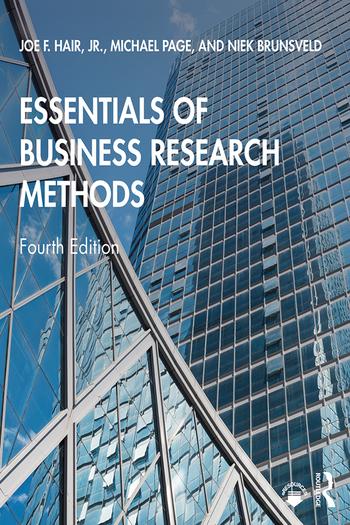Answered step by step
Verified Expert Solution
Question
1 Approved Answer
Sign S bann D2L Modu D2L Creati D2L M8_E X G View ScienX Notifi Cours Goog 34F Partly cloudy mycourses.cccs.edu/d2l/le/content/218193/viewContent/10390863/View Creative Movement C list

Sign S bann D2L Modu D2L Creati D2L M8_E X G View ScienX Notifi Cours Goog 34F Partly cloudy mycourses.cccs.edu/d2l/le/content/218193/viewContent/10390863/View Creative Movement C list 3 Log li + Overview Young children learn about themselves and the world by doing; therefore, they are constantly active and moving. Children's physical and motor development is interrelated with other areas of their development-cognitive, language, social, and emotional. Creative movement activities concern the whole child and reflect children's moods or inner states. Teachers should plan creative movement activities based on the developmental levels of each child. Young children have different abilities and needs than older children, and appropriate creative movement activities differ accordingly. Music and poetry lend themselves naturally to creative movement activities not only because of their rhythm but also because they evoke images and feelings that children respond to. All movement activities benefit children by increasing their awareness of the world; enhancing their creative expression of ideas and feelings; and improving their coordination, rhythm, and freedom in using their bodies. A teacher can employ some simple strategies to help children with special needs participate more fully in and benefit from movement experiences. The teacher should adjust his or her expectations for children with certain developmental delays or physical disabilities, and extra attention and instruction can be very beneficial for children with attention problems or vision disabilities. Creative movement activities for young children teach: sensory awareness, social development, and body awareness. For large muscles- vigorous exercise and play are important through activities such as running, chasing, climbing, and dance, while for small muscle development- throwing and using medium and small sized objects, and hoop use help. Creative movement activities need to be based on the developmental level of each child. Looking at developmental skill charts such as the Ages & Stages Questionnaires available online can help a teacher have an idea of what to expect at each age in general. As with all aspects of education, we must also differentiate for each child's needs. Focusing on what a child can do (vs cannot do) is key. Movement can be calming for a child, but can also be overwhelming. Using slower, calmer, or shorter experiences can help calm overwhelm, as can clearly explaining expectations. Making sure each child is a part of the movement activity to the maximum extent possible is important. Web Links [Links open in new browser window] Q Search > > * 9:08 PM 11/10/2023
Step by Step Solution
There are 3 Steps involved in it
Step: 1

Get Instant Access to Expert-Tailored Solutions
See step-by-step solutions with expert insights and AI powered tools for academic success
Step: 2

Step: 3

Ace Your Homework with AI
Get the answers you need in no time with our AI-driven, step-by-step assistance
Get Started


